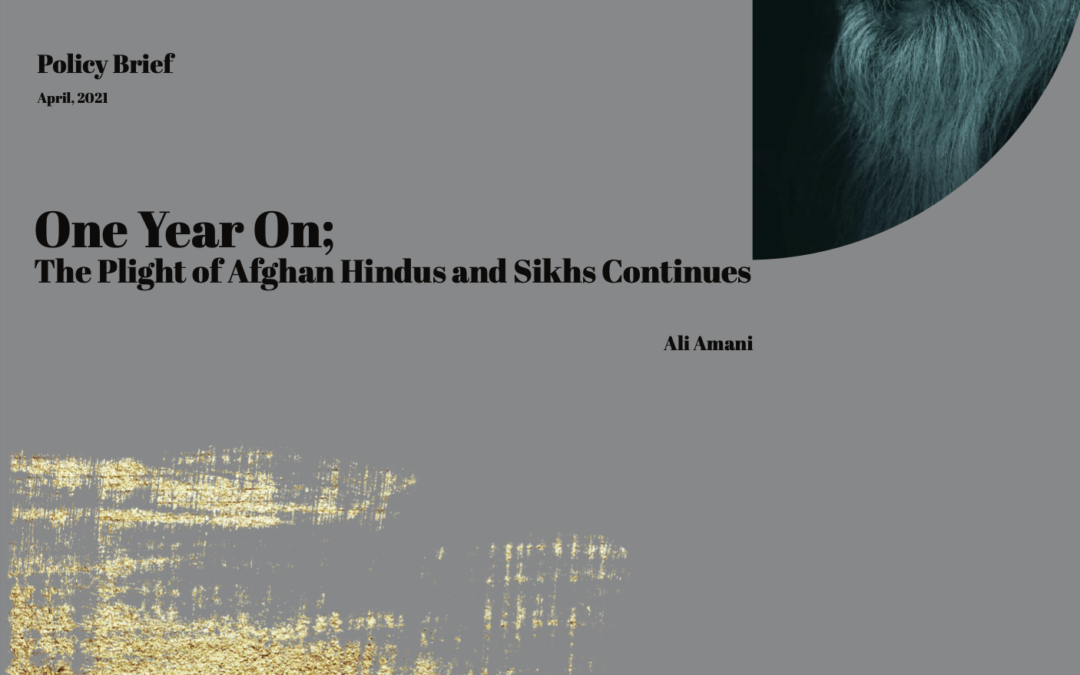Sikh and Hindu communities have lived in Afghanistan for centuries, but presently they constitute only a tiny fraction of the country’s population. As of the time of writing, approximately 300 Sikhs and Hindus remain in Afghanistan, with most concentrated in Kabul and Jalalabad.
Prior to the collapse of the pro-Soviet-backed government in 1992, an estimated 200,000 members of the Sikh and Hindu community1 were living in some of the major urban centers of the country. Sadly, the takeover of Kabul by Islamist Mujahidin in 1992 and the arrival of the Taliban in 1996 was a turning point for the community. Strict restrictions on the practice of minority faiths was introduced during this time, and Taliban forced Sikh and Hindu men to wear yellow badges in the public and women to wear burqas as part of the group’s plan to segregate ‘un-Islamic’ communities from Afghan Muslims.
In 2001, the US-led intervention in Afghanistan ousted the Taliban and replaced it with a newly promised democratic government, bringing hope and improved religious tolerance for the Afghan Sikh and Hindu community. However, fear and hostility persisted and prevailed to an uneven extent. Unfortunately, the dwindling Sikh and Hindu communities that greatly contributed to the intellectual and economic advancements of the country during the 1980s now generally worked as medicinal herb shopkeepers due to the prevalent discrimination and insecurity. According to ‘The Survey of Afghan Sikhs and Hindus’, the social and economic conditions of the Sikhs and Hindus did not improve even after the formation of the new Afghan government. On the contrary, targeted attacks and other forms of discrimination further exacerbated the plight of the mentioned communities.

